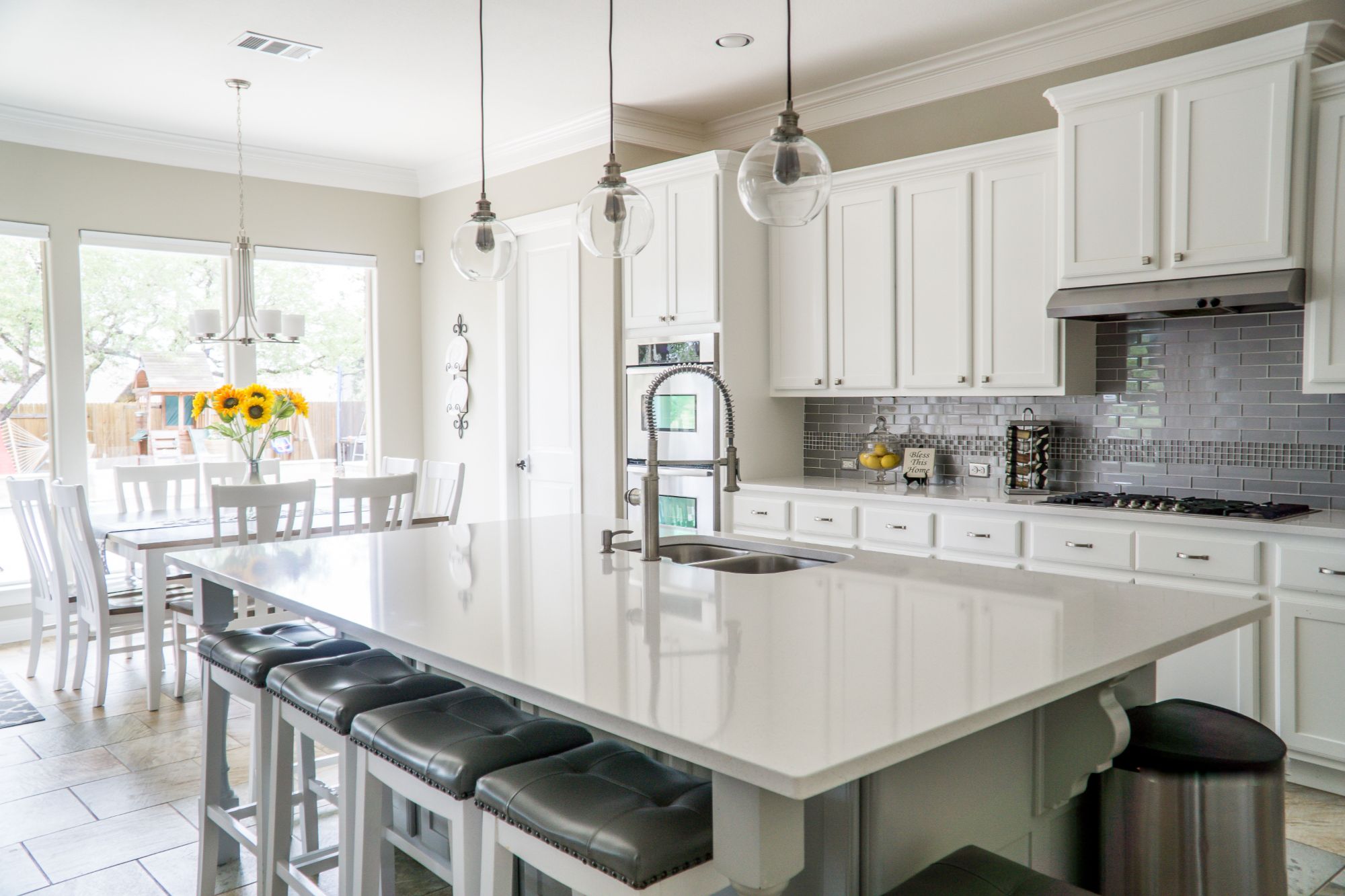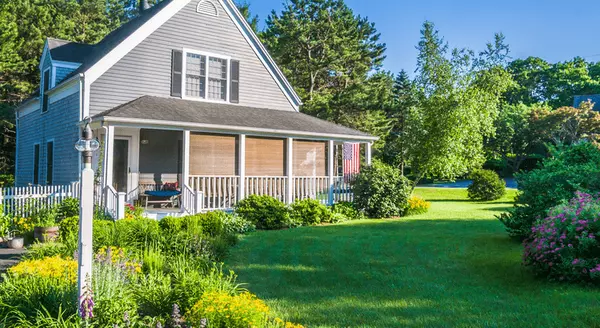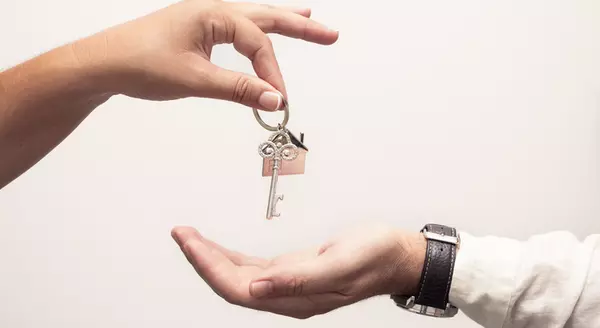The Psychology of Home Staging: How Design Influences Buyer Decisions

When it comes to selling your home, first impressions matter immensely. Home staging, the art of arranging and decorating a property for sale, plays a pivotal role in shaping those crucial first impressions. It's not just about making a space look attractive; it's about creating an environment that resonates with potential buyers on a psychological level. In this blog, we'll explore the psychology behind home staging and how design choices can significantly influence buyer decisions.
Creating Emotional Connections:
-
Neutral Tones: Neutral color palettes, such as soft grays, warm beiges, and muted whites, are commonly used in home staging. These colors create a clean and inviting canvas that allows buyers to imagine their own belongings in the space. Neutral colors also evoke a sense of calm and neutrality, making it easier for buyers to connect emotionally with the property.
-
Comfortable Spaces: Furniture placement and room layout can make a substantial difference in how buyers perceive a home. Cozy seating arrangements and well-defined living spaces encourage buyers to envision themselves living comfortably in the space. It triggers a sense of belonging and comfort.
Highlighting Key Features:
-
Emphasizing Architectural Details: Home staging often highlights the unique architectural features of a property, such as exposed beams, crown molding, or a beautiful fireplace. These details can create a sense of character and quality, making the property stand out.
-
Maximizing Natural Light: Properly staged homes make the most of natural light. Open curtains, clean windows, and strategically placed mirrors can make spaces feel brighter and more inviting. Natural light is associated with positivity and can have a profound impact on a buyer's mood.
A Vision of Possibilities:
-
Depersonalization: Home staging involves depersonalizing the space by removing personal photos and items. This step allows potential buyers to imagine their own lives unfolding in the property. It shifts the focus from the current homeowner to the future possibilities for the buyer.
-
Creating Aspirational Spaces: Staging can also create aspirational spaces that tap into the buyer's desires. For example, a home office or a cozy reading nook can appeal to buyers who envision these spaces in their future lifestyle.
The Impact of First Impressions:
- Curb Appeal: Home staging isn't limited to the interior. The exterior and curb appeal are equally important. A well-maintained and visually appealing exterior sets a positive tone for the entire viewing experience.
Conclusion:
Home staging is more than just decorating; it's a strategic process rooted in psychology. It leverages design principles to influence buyer emotions and decisions positively. By creating an environment that feels inviting, comfortable, and full of possibilities, home staging enhances the perceived value of a property and helps potential buyers envision it as their future home. In a competitive real estate market, the psychology of home staging can make a significant difference in selling a property quickly and at a favorable price.
Categories
- All Blogs (781)
- Buyer's Market (9)
- Cash Flow (2)
- Design and Maintenance (42)
- Featured Listings (6)
- First-Time Home Buyers (39)
- Holidays (5)
- Home For Sale (7)
- Home Loans (3)
- Home Pricing (3)
- Home Showing (2)
- Homeowners (24)
- Investment Properties (9)
- Market Update (10)
- Mortgages (9)
- Real Estate Fun Facts (12)
- Real Estate Investors (22)
- Real Estate Marketing (13)
- Seller's Market (4)
- Selling Your Home (20)
- Sold Homes (12)
- South Jersey Updates (26)
- This Weekend Happenings (28)
- Tips For Home Buyers (17)
Recent Posts

![Builders Are Building Smaller Homes [INFOGRAPHIC]](https://img.chime.me/image/fs/chimeblog/20240504/16/w600_original_39aacbf5-2468-464c-acda-b86e3e29eff4-png.webp)








GET MORE INFORMATION

